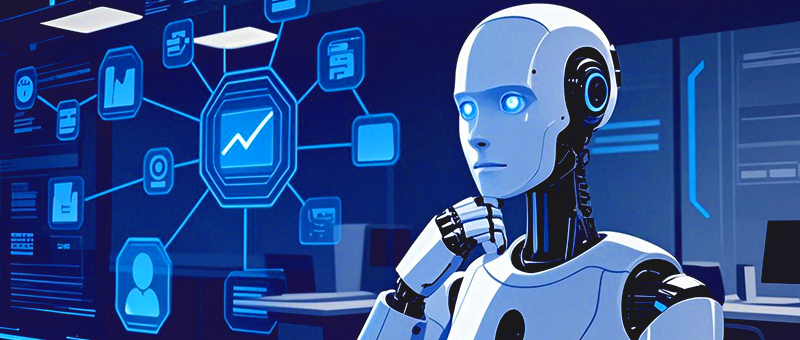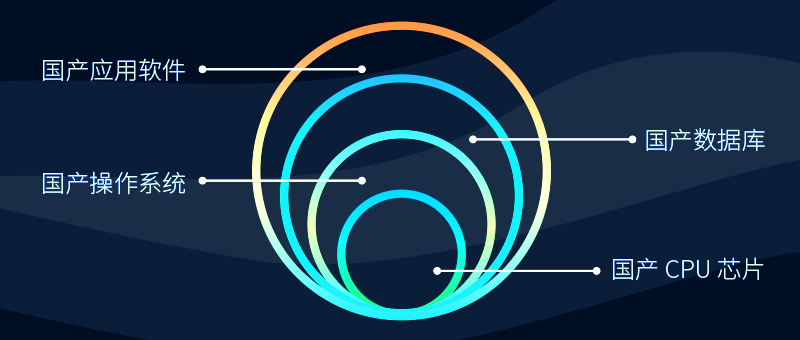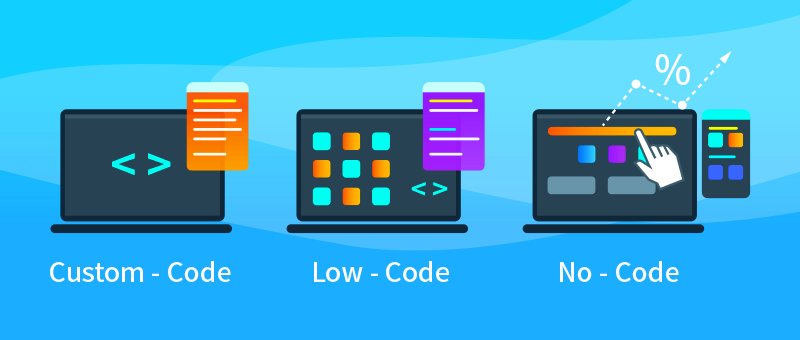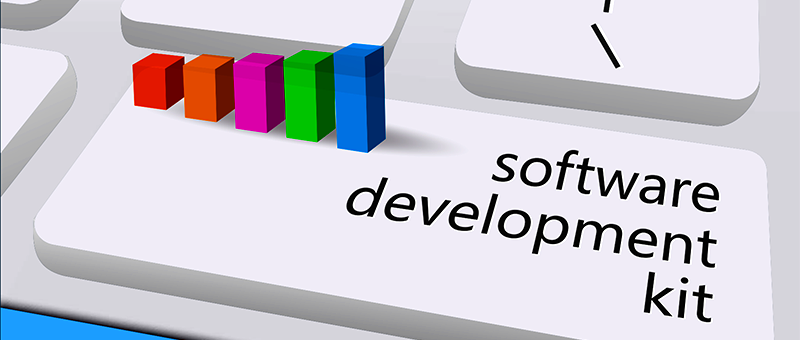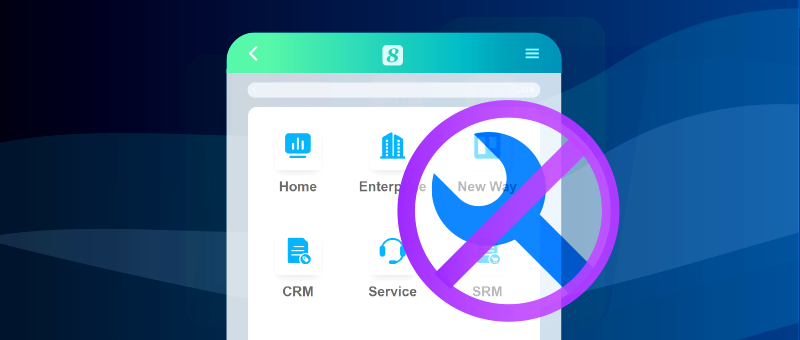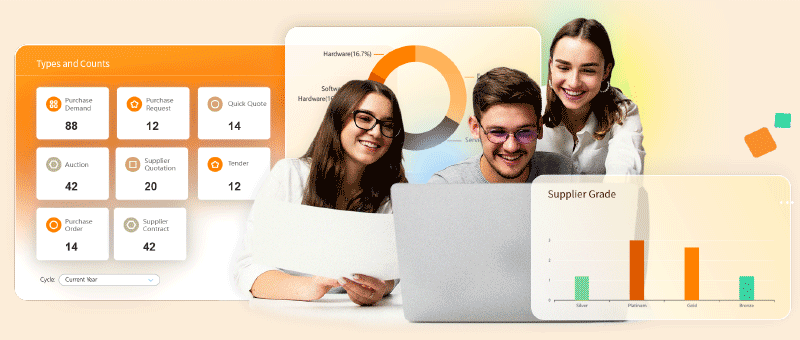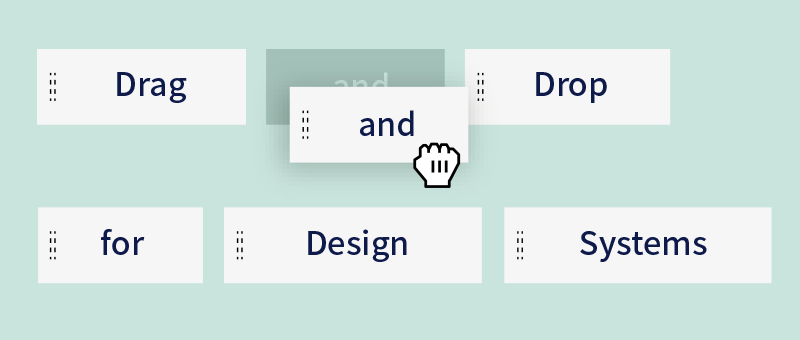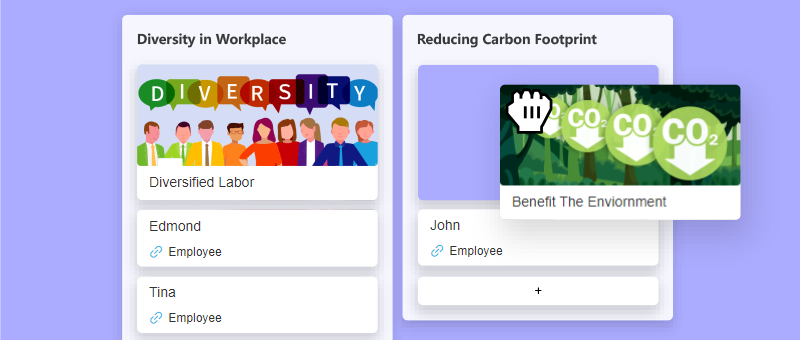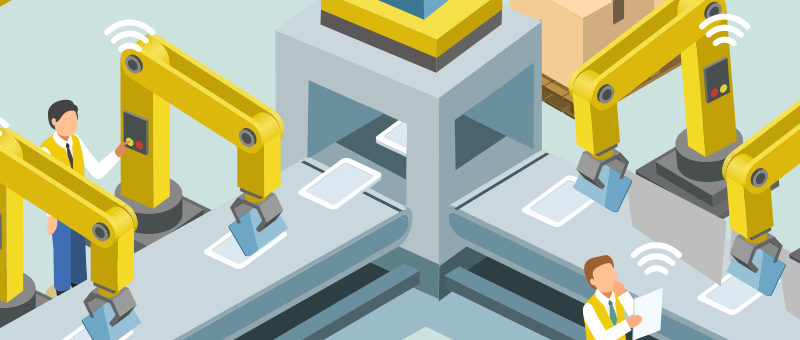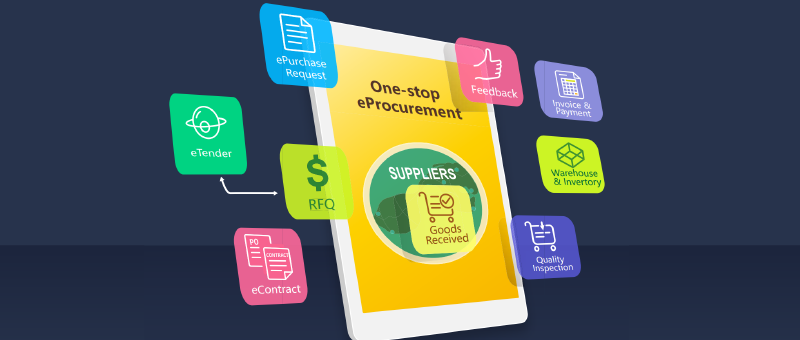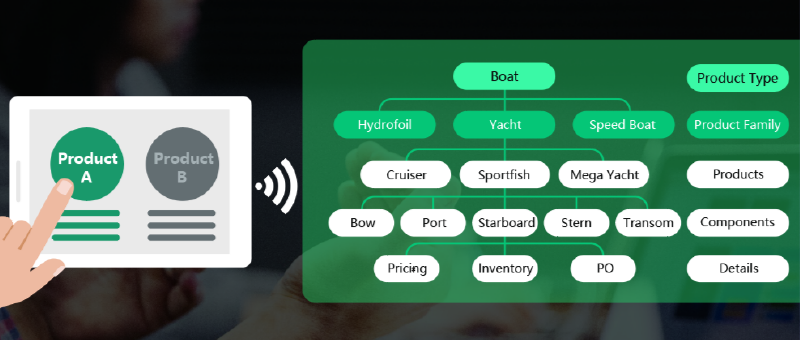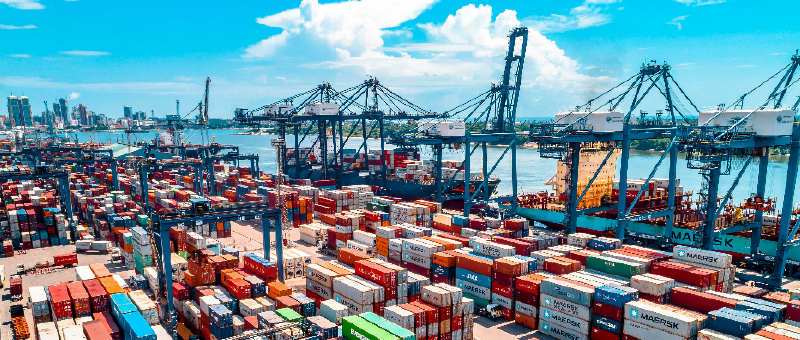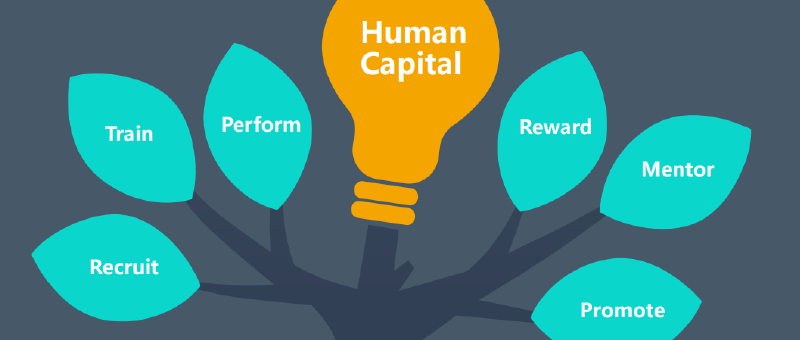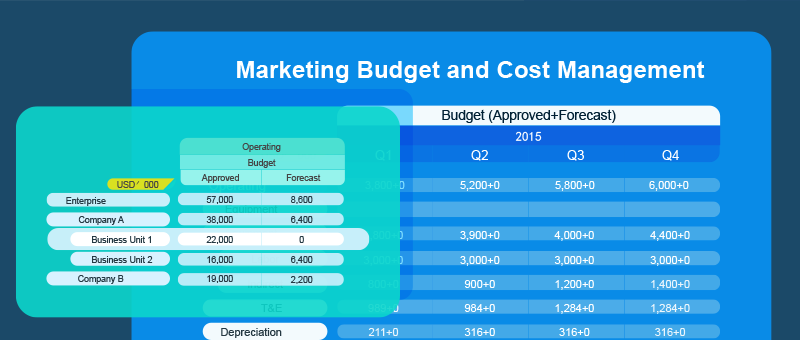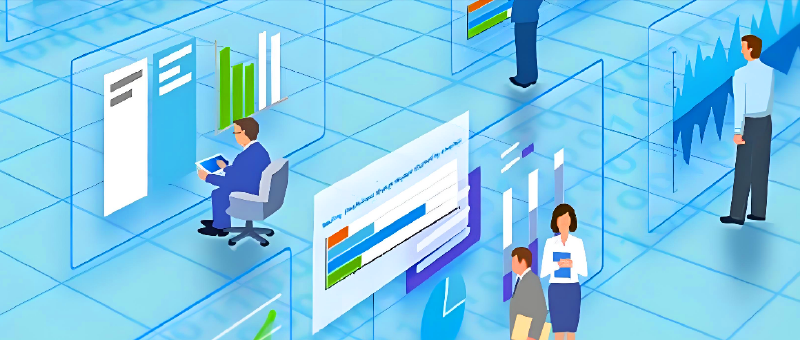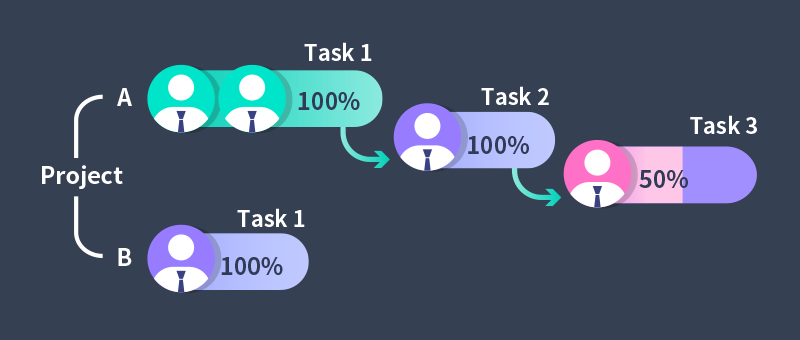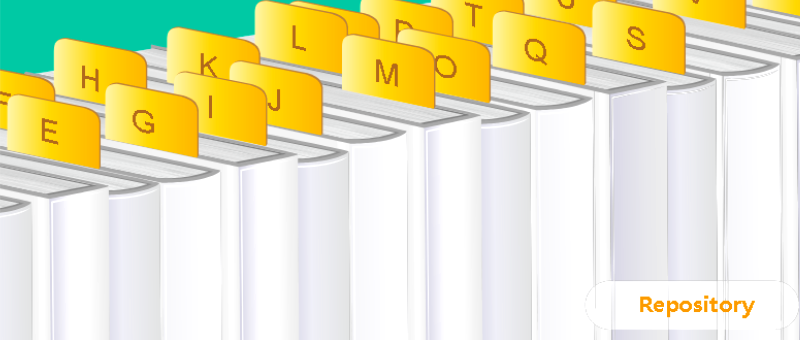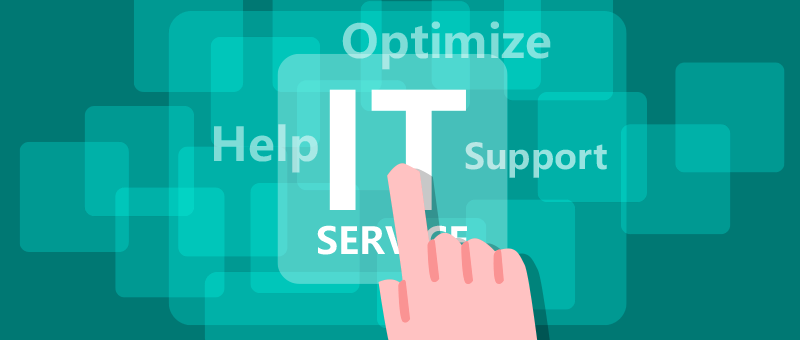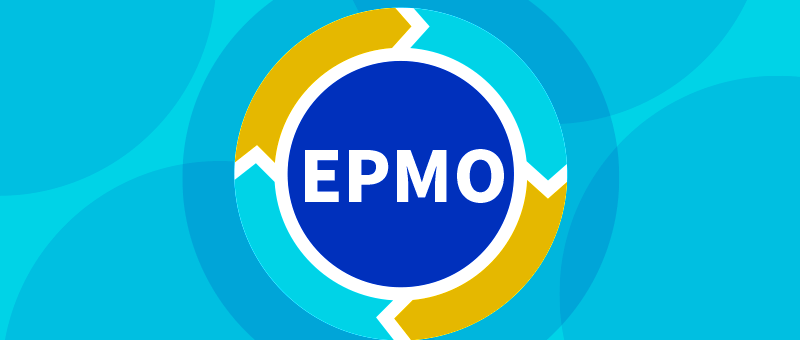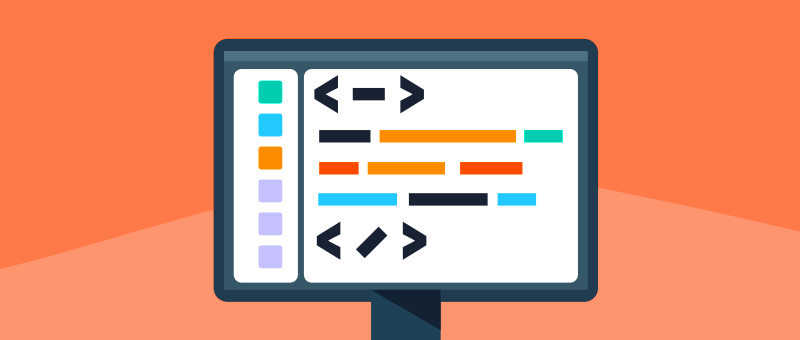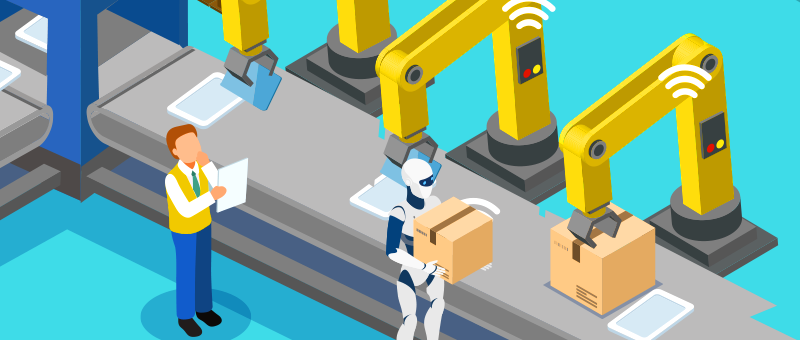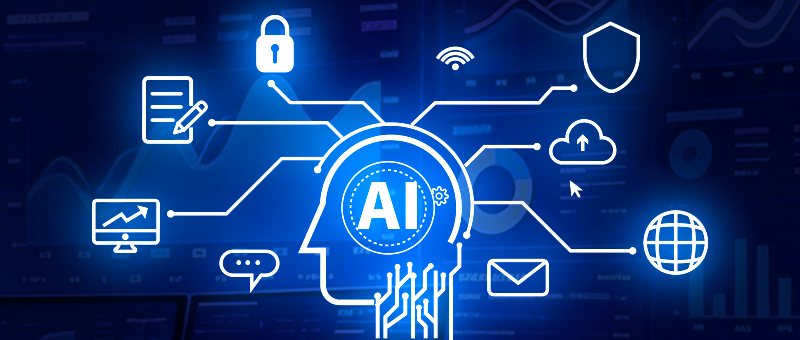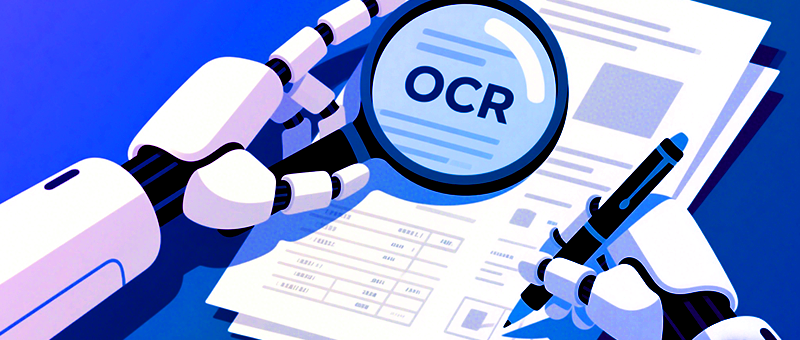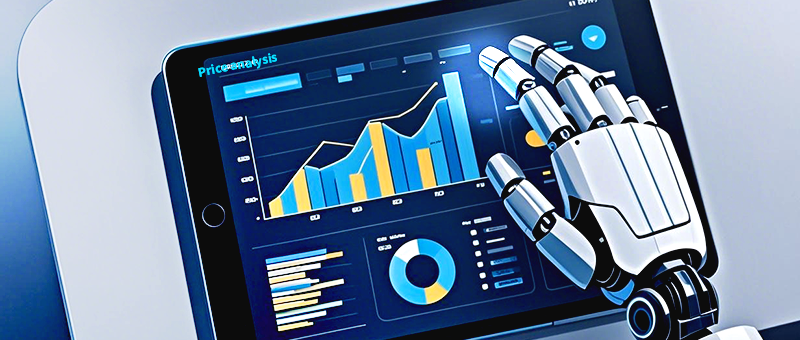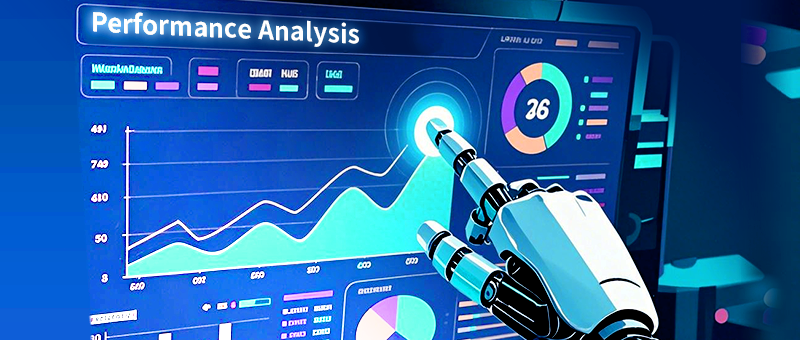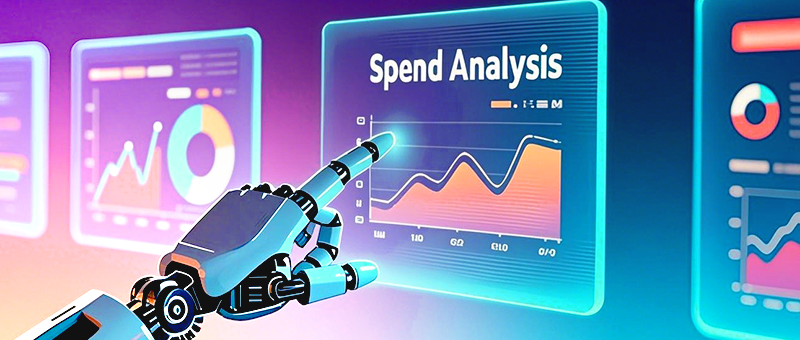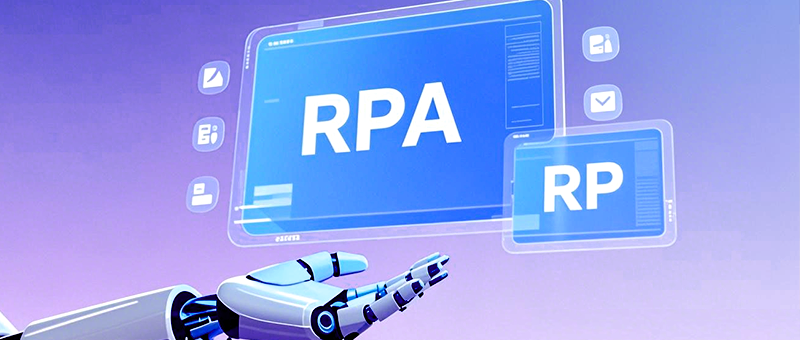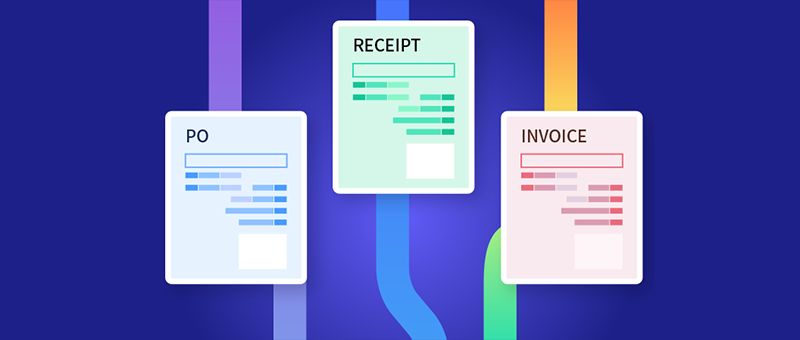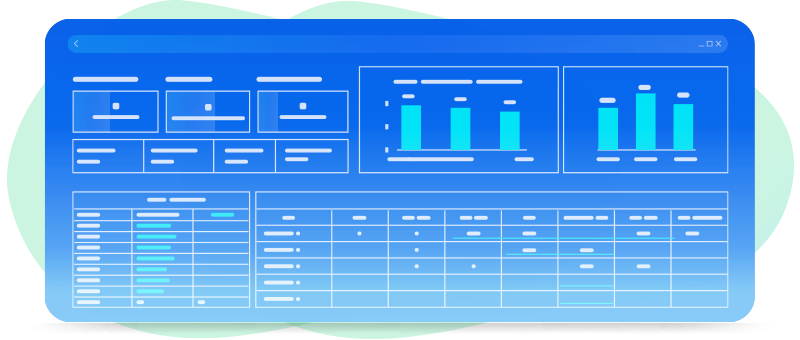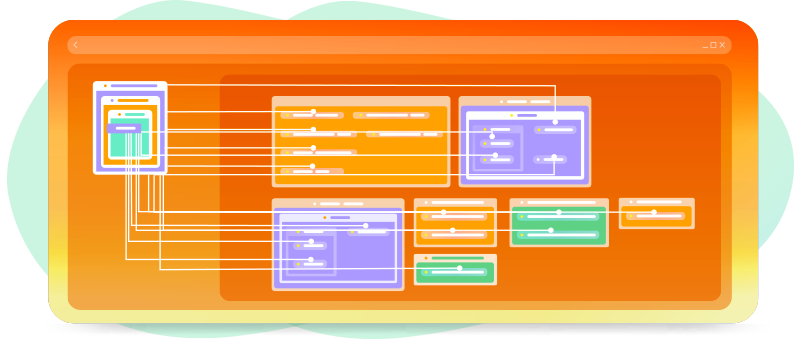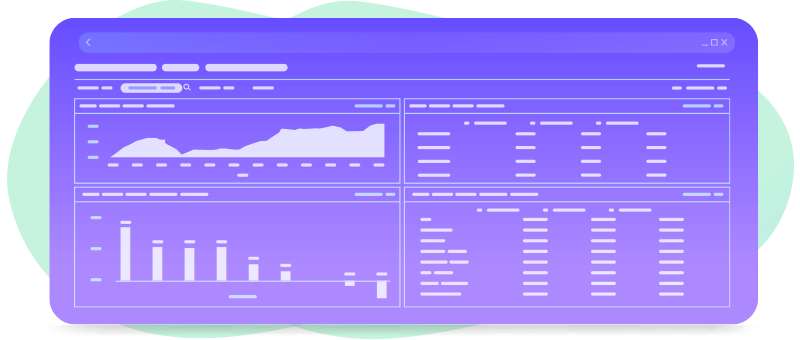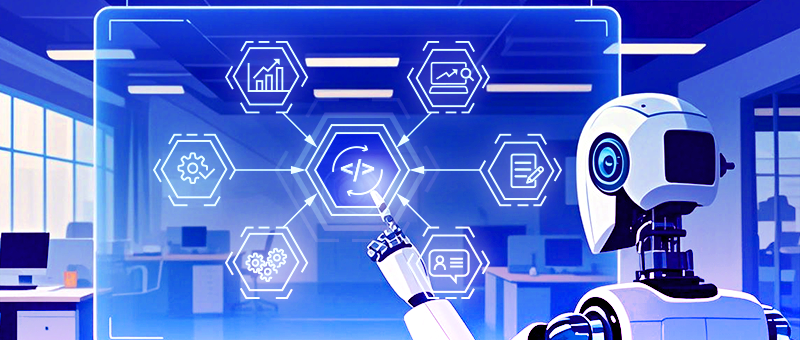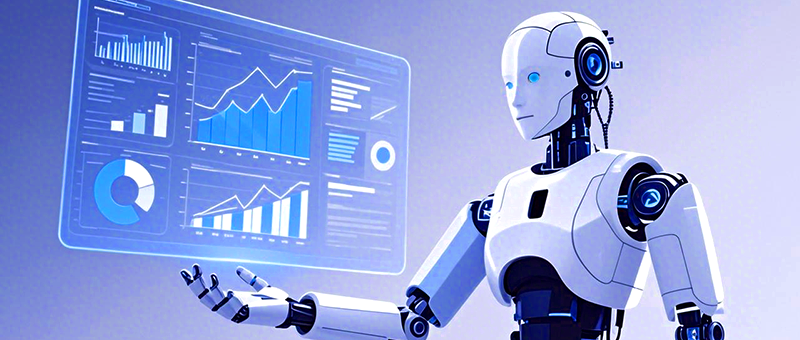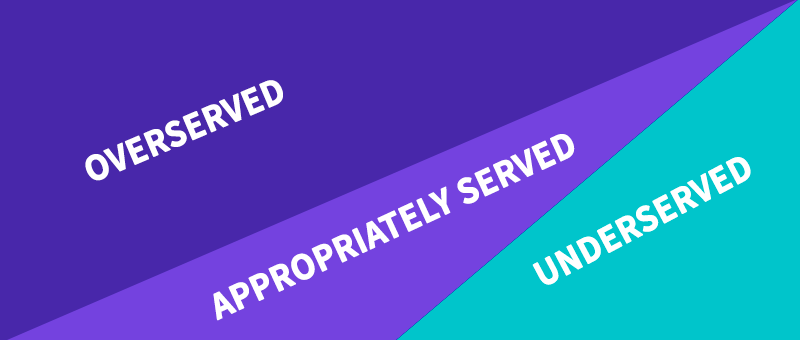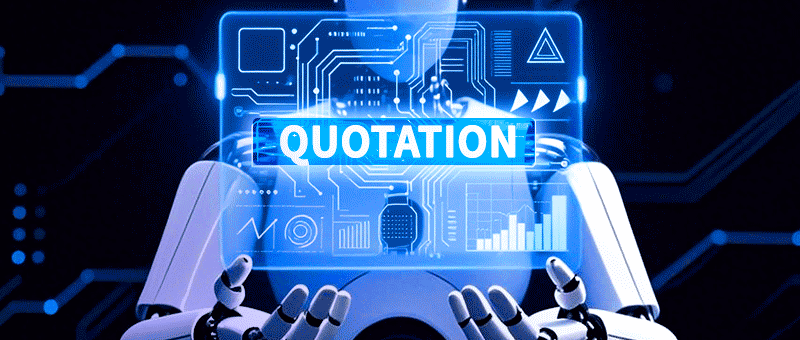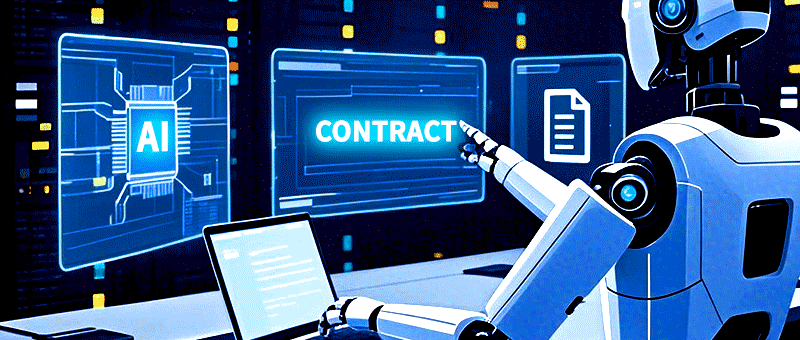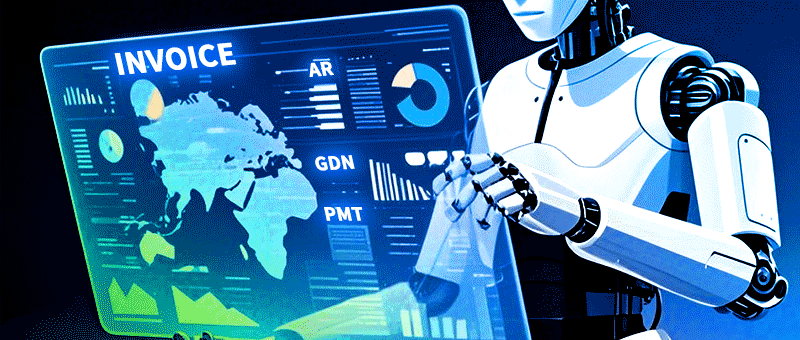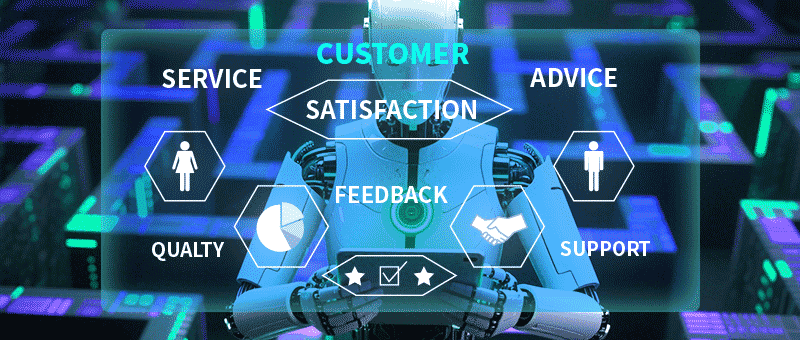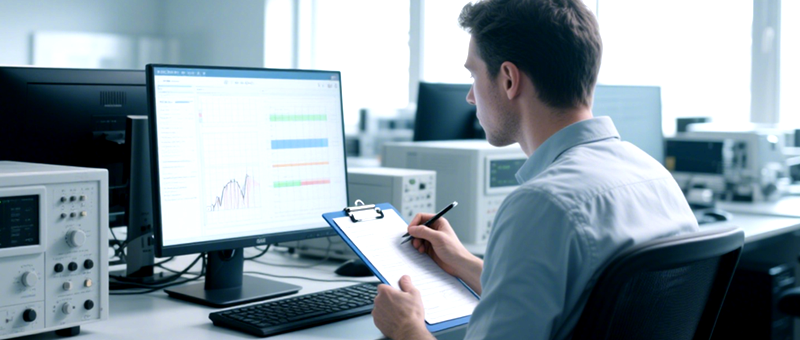Special News
What Are the Main Risks in Projects, and How to Manage Them Effectively?
2024-12-05
Risk management is a crucial aspect of project management that ensures the success of any initiative. Risks in projects are diverse, ranging from resource allocation to technological implementation and external environmental changes. Each phase carries potential challenges. To tackle these risks effectively, organizations can leverage project management systems for comprehensive identification and dynamic control. This article will explore common risk categories in projects and their management strategies, offering a practical risk control framework using project management systems.
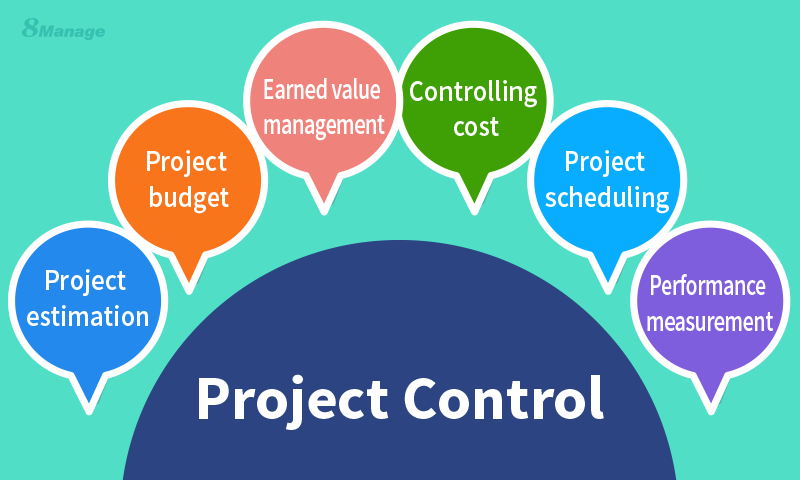
I、What Are the Main Types of Risks in Projects?
Project risks can be classified based on their sources and nature into the following categories:1.Technical Risks
Technical risks refer to issues that arise during technology development, implementation, or application, such as:● Technical infeasibility: Unexpected challenges in adopting new technologies.
● Technical failure: Failures in existing technical solutions at critical points.
● Compatibility issues: Misalignment with existing systems or environments.
Project management systems can monitor technical progress in real time and analyze historical data to identify potential risks early, ensuring the feasibility of technical solutions.
2.Cost Risks
Cost risks involve budget overruns or misallocated funding, such as:● Insufficient budget: Overlooked expenses during project initiation.
● Resource wastage: Poor planning leading to excessive costs.
● External economic changes: Price surges in raw materials or currency fluctuations.
Project management systems offer detailed cost management functionalities, including budget planning, real-time expense tracking, and overspend alerts, helping organizations mitigate cost risks effectively.
3.Time Risks
Time risks arise when projects fail to adhere to planned schedules due to:● Delays: Insufficient resources or unfavorable external conditions causing postponements.
● Task dependencies: Delays in critical tasks affecting the overall timeline.
● Unrealistic plans: Overly tight schedules or insufficient buffers.
Project management systems provide tools like Gantt charts and timeline management features that visually present task schedules and dependencies. Automated alerts highlight potential delays, ensuring projects stay on track.
4.Personnel Risks
Personnel risks stem from team dynamics, skills, and stability, such as:● Key personnel turnover: Loss of critical knowledge and project progress.
● Inadequate skills: Team members unable to meet task requirements.
● Poor communication: Collaboration issues within the team or with external parties.
Project management systems facilitate resource allocation, enhance communication efficiency, and reduce the impact of personnel risks through collaboration platforms and role management features.
5.External Risks
External risks are factors beyond the project teams control, including:● Regulatory changes: Shifts in laws or industry standards affecting project progress.
● Market fluctuations: Changes in demand or competitor strategies.
● Natural disasters: Unforeseeable events like earthquakes or floods.
Real-time data monitoring and adaptive contingency planning within project management systems enable organizations to quickly adjust strategies in response to external changes.
II、How to Manage Project Risks Effectively?
Risk management is a core aspect of project management that requires systematic approaches and effective tools to minimize risks impact. Key steps in risk management include:1.Risk Identification
The project team must systematically identify potential risks. Project management systems provide risk libraries to record and classify various potential risks. Historical data analyses can also highlight vulnerable areas.2.Risk Assessment
By using a probability-impact matrix, risks can be quantified based on likelihood and severity. Project management systems generate intuitive charts to help decision-makers focus on high-priority risks.3.Risk Response Strategies
Different strategies can be applied to manage risks, including:● Avoidance: Altering plans to eliminate risks.
● Mitigation: Taking measures to reduce the likelihood or impact of risks.
● Transfer: Shifting risks to third parties through contracts or insurance.
● Acceptance: Acknowledging low-impact risks and preparing contingency plans.
The emergency response functionality of project management systems allows pre-designed response plans to be quickly executed when risks occur.
4.Risk Monitoring
Continuous monitoring is vital for dynamic adjustments as conditions change. Project management systems integrate progress, cost, and resource data to provide real-time insights for risk evaluation.
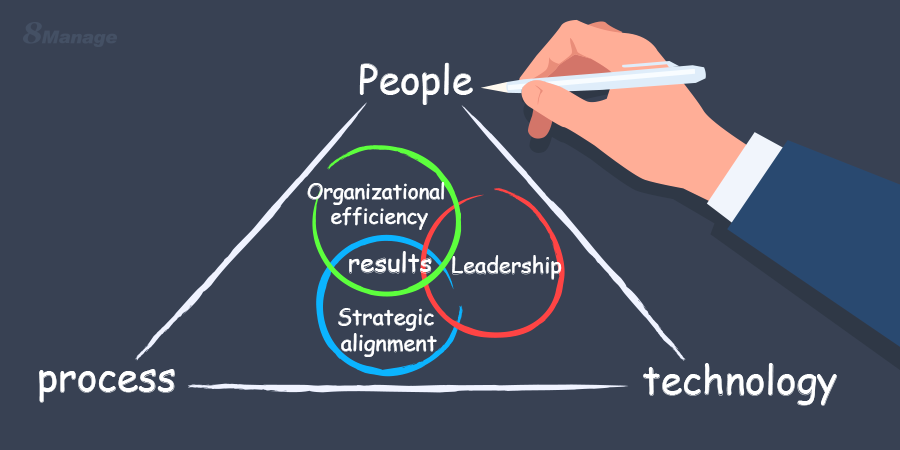
III、The Role of Project Management Systems in Risk Control
Modern organizations increasingly rely on project management systems to streamline risk control processes. The 8Manage Project Management System, for instance, offers comprehensive tools to support effective risk management. Its key benefits include:1.Real-Time Data Analysis
Consolidating various project data in real time, the system uses big data analysis to detect potential issues, such as budget anomalies or schedule deviations, triggering immediate alerts.2.Automation
From risk identification to monitoring, automated processes reduce human error and oversight.3.Visualization
Tools like risk maps and Gantt charts provide a clear overview of the project, enabling holistic control.4.Knowledge Sharing and Collaboration
The system serves as a central platform for collaboration, offering a risk knowledge base, best practices sharing, and cross-department communication tools to enhance team resilience.5.Customizability
Different projects have unique scales and risk types. The 8Manage PM system supports flexible configurations, allowing organizations to tailor risk management modules to their needs.FAQs
1.How does a project management system help identify potential risks?
By collecting and analyzing data, project management systems quickly pinpoint potential risks. For example, they can predict budget overruns by analyzing past projects. The risk library provides historical case references, helping uncover hidden risks.2.How can project management systems monitor risks during implementation?
Real-time monitoring tracks key metrics like progress, costs, and resource usage. Deviations trigger automatic alerts and generate issue analysis reports, enabling quick adjustments. Systems also support periodic risk reviews to refine management plans dynamically.3.Are project management systems suitable for small businesses?
Yes, modern systems typically offer modular designs, allowing small businesses to adopt suitable features. They can focus on basic risk identification and monitoring without complex modules, achieving efficient risk management at a lower cost.
Most popular

How IPD drives product R&D toward commercial success

Top procurement management systems to elevate your business in 2025

Are your project managers ready for AI?
Related articles
8Manage PM vs Trello vs Lark: Best enterprise project management
2025-06-10
Best project management tools for R&D teams 2025: 6 efficient options
2025-05-29
Scientific project management: 4 top tools and efficiency tips
2025-05-14
6 top tools to boost new product development efficiency
2025-04-30
IPD R&D project management: process and tools(including 8Manage PM)
2025-04-25
Previous Article >
Direct vs. Indirect Procurement: Which Matters More?
Direct vs. Indirect Procurement: Which Matters More?






